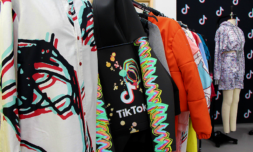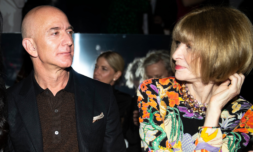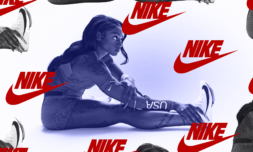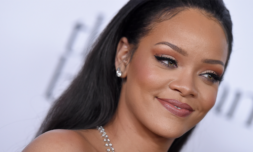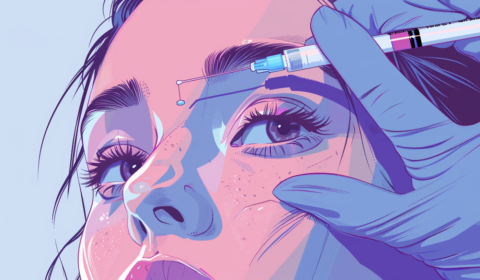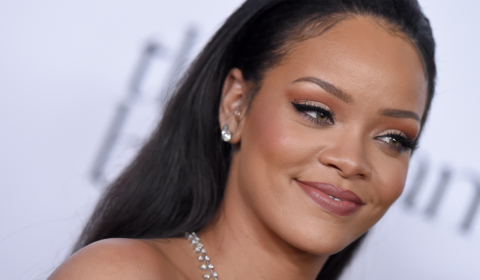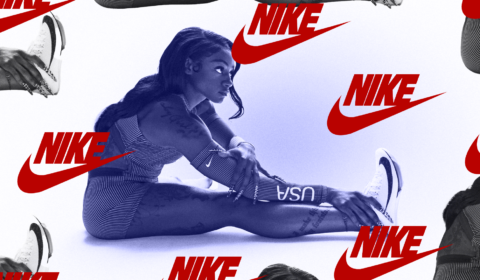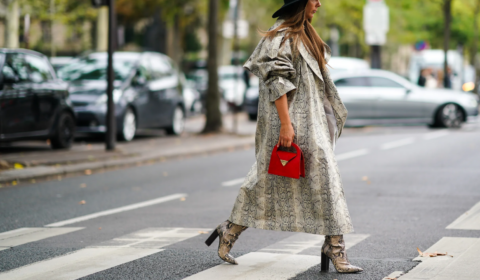Between Amazon’s fashion ambitions and TikTok exploring new e-commerce features to monetise viral content, style-focused consumer buying habits continue to go digital.
It’s no secret that Covid-19 has changed the face of online shopping for good. Accelerating a shift towards a more digital world, the pandemic has triggered a wave of new buying habits likely to have long-lasting effects.
According to a recent survey of over three thousand consumers in nine emerging and developed economies, more than half of respondents claimed to now rely on the internet for their purchases, particularly apparel.
Popular platforms, e-commerce monoliths or not, have jumped at the opportunity to offer new services that cater to this transformation, with Amazon and TikTok at the helm.
Though Jeff Bezos first set his sights on the fashion industry almost a decade ago, telling employees way back in 2007 that ‘in order to be a $200 billion company they had to learn how to sell clothes,’ it wasn’t until he handed over the reins to Andy Jassy earlier this month that Amazon’s fashion ambitions became truly promising.
/cdn.vox-cdn.com/uploads/chorus_image/image/67408070/amazon_luxury_stores_360_degree.0.jpg)
/cdn.vox-cdn.com/uploads/chorus_image/image/67408070/amazon_luxury_stores_360_degree.0.jpg)
A dominant force in the e-commerce apparel space, owning something akin to 50% of the online clothing market, the conglomerate’s reputation among brands both high-street and designer has always been somewhat negative.
This is reportedly due to its highly corporate feel and the proliferation of knockoffs on the platform which, to date, has scared off a variety of high-profile partners such as Nike and Valentino.
Not to mention the fact that, with the world drowning in clothes, motivating someone to click ‘by now’ typically requires a more sophisticated approach these days.
Over the past year, however, Amazon has – with furious pace – rolled out a collection of innovative fashion-tech features nearly every month, hoping to entice the style-obsessed.


To name only a few of the nine features currently available, there’s Made for You, which lets buyers customise shirts to their exact body type; Style by Alexa, whereby the voice assistant has been turned into a product discovery tool; and StyleSnap, an in-app device that lets people photograph or screenshot an outfit they like so they can receive recommendations for similar items on Amazon.
Given that clothing purchases have risen 3% since 2020, it certainly appears to have worked. ‘Amazon has made inroads, and they’re growing,’ says e-commerce analyst at Kantar, Rachel Dalton. ‘They’ve made fashion more of a front and centre priority.’
As Amazon steadily continues to cultivate its clothing clout, the platform’s freshly style-aware leader (who just so happens to be married to a designer) will no doubt propel it further into fashion powerhouse status.
At least, that’s what tech journalist Kara Swisher believes, who tweeted that Jassy’s proximity to someone with a fashion background suggests he may have more knowledge on what it takes to market clothing effectively.


Granted, it’s far too early to tell what lies in store for the ‘make Amazon more fashiony campaign,’ so why not turn our attention to TikTok, fashion’s social media linchpin.
Exploring new e-commerce features to monetise viral content and, in doing so, ramping up the competition with Facebook and Instagram (which are no longer the ‘go-to’ hubs for trends it seems), Gen Z’s app du jour is making a play for online shopping and the wallets of the lucrative, hyper-engaged demographic that comprises 1 billion of its monthly active users.










